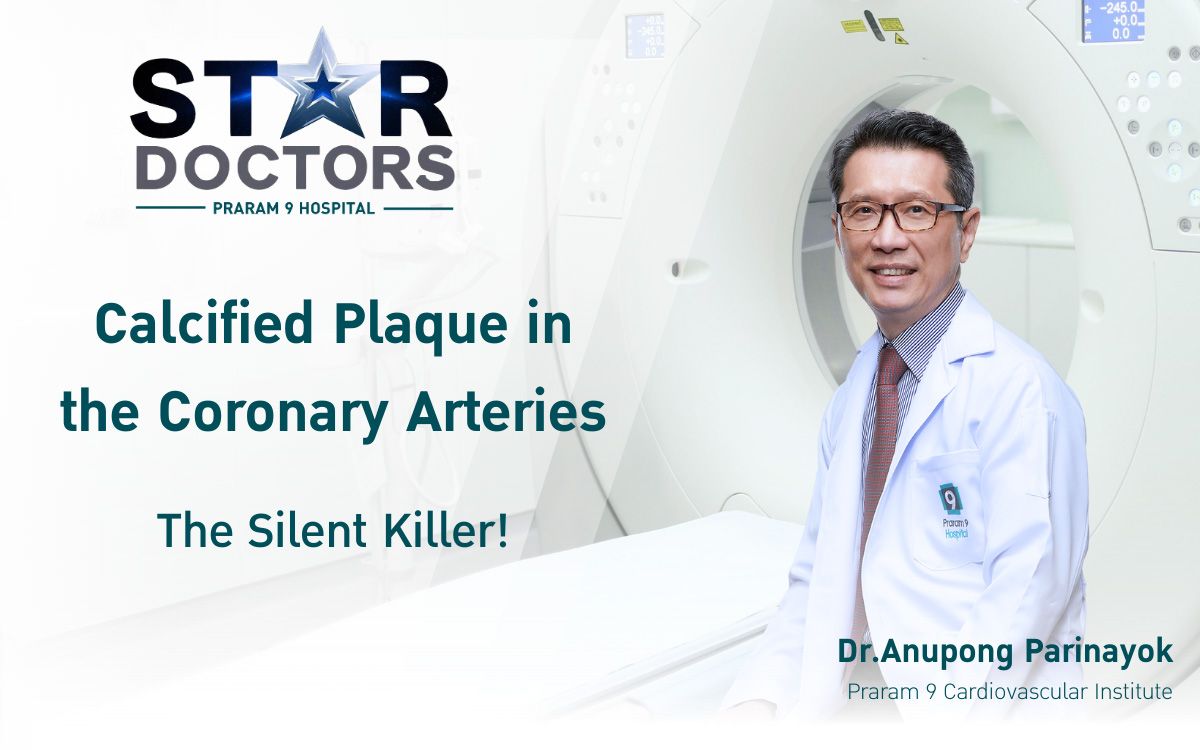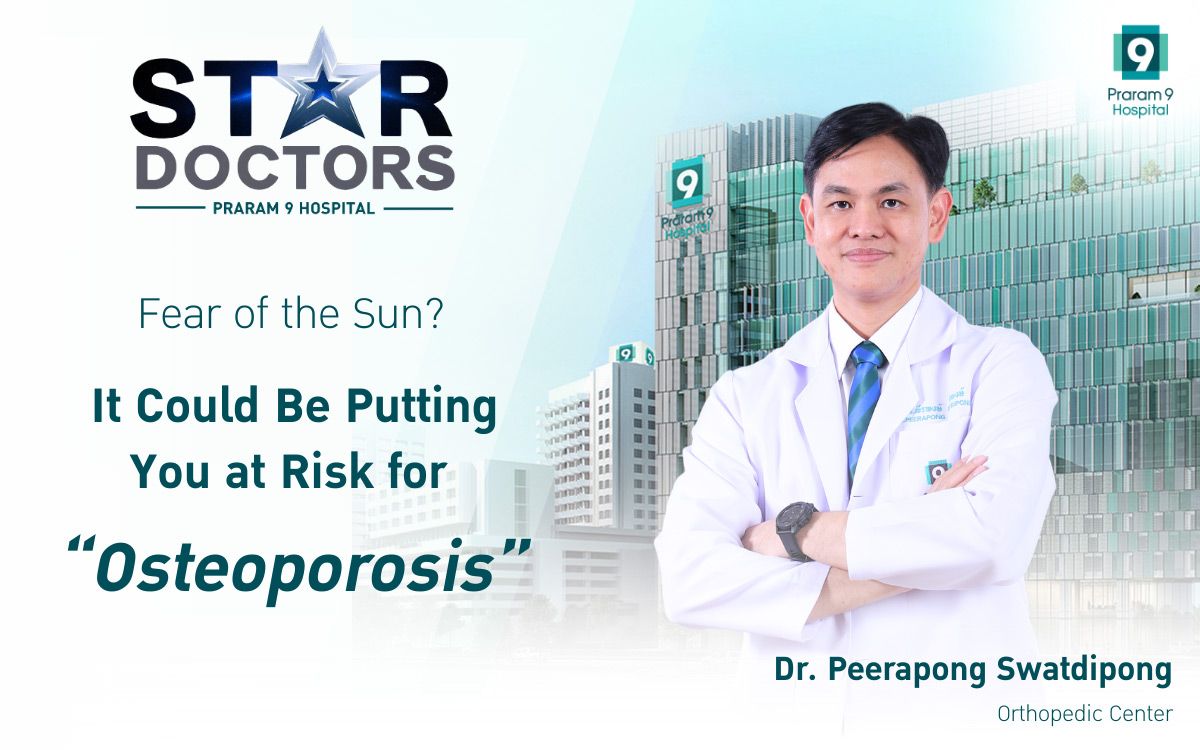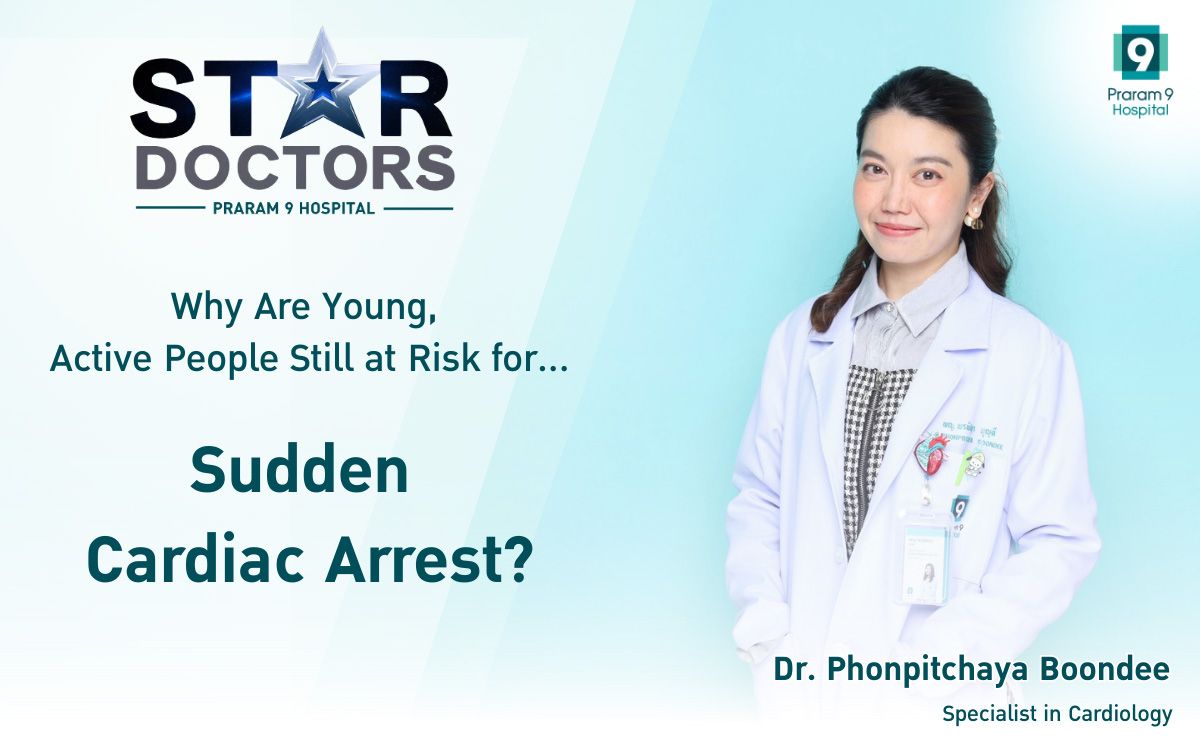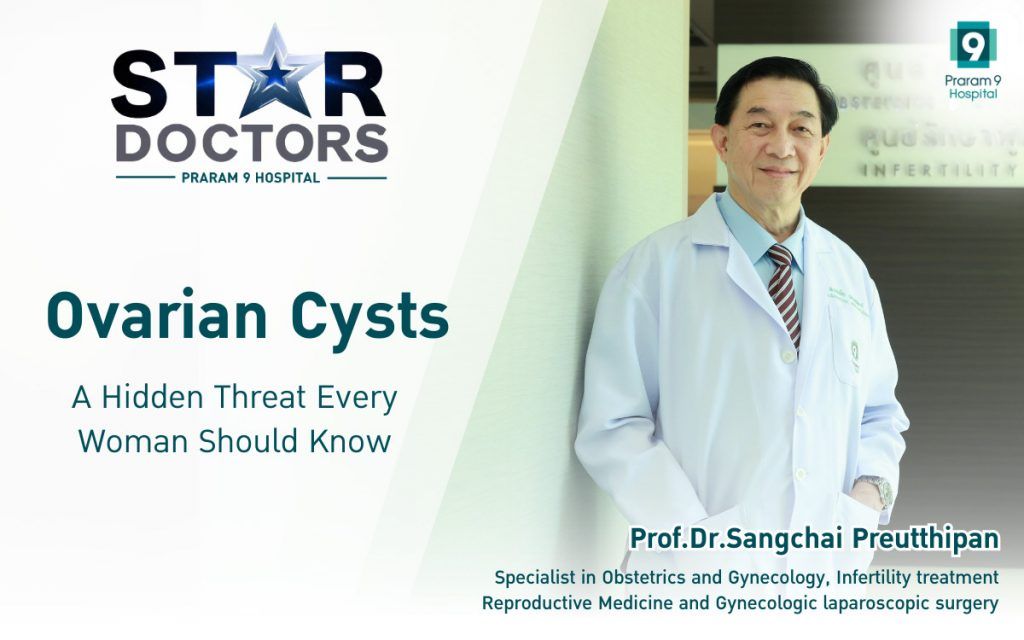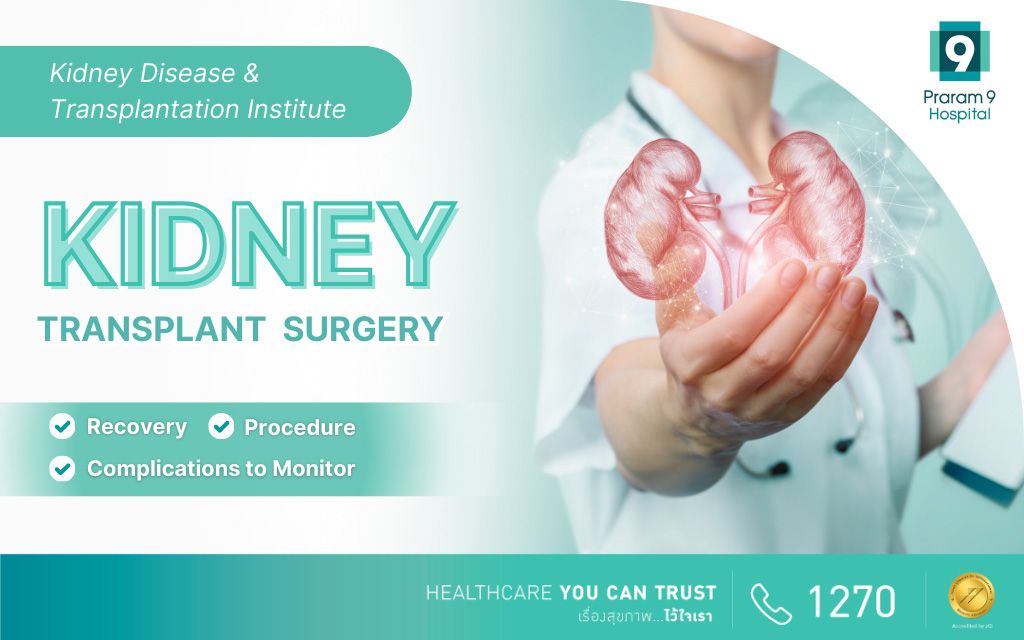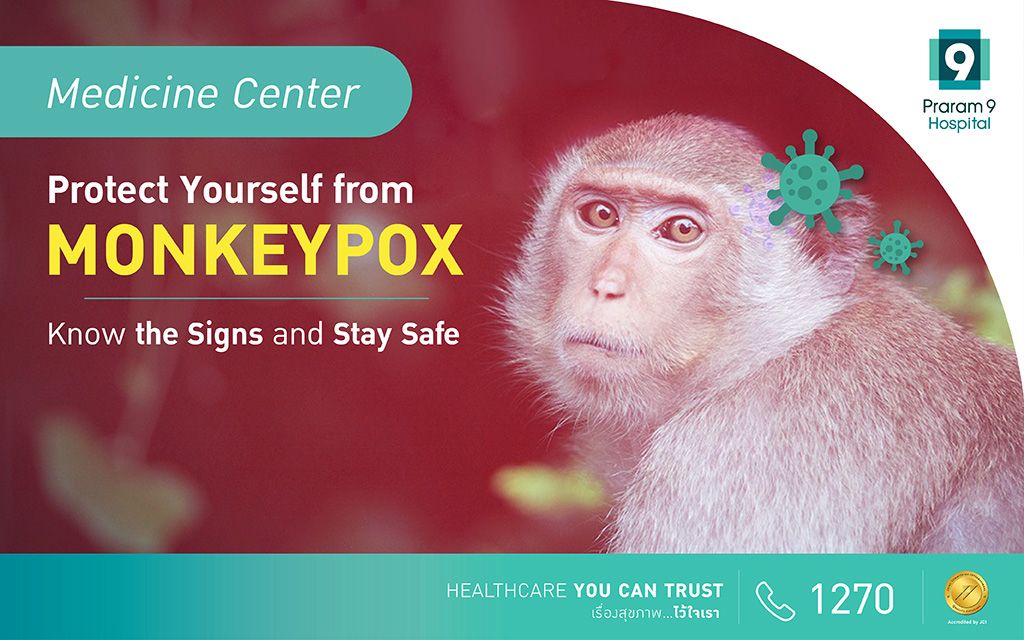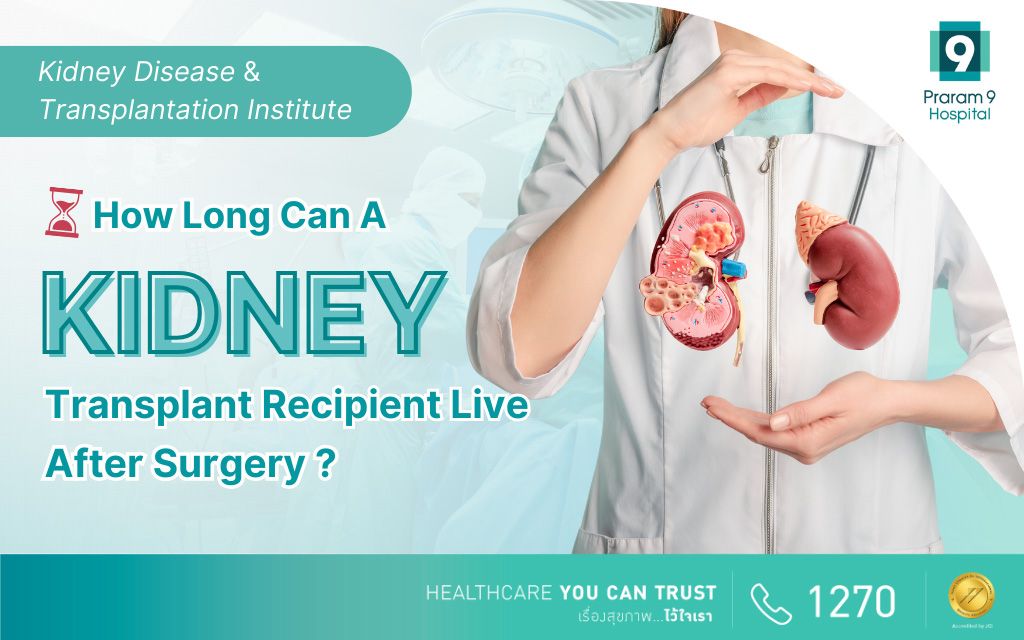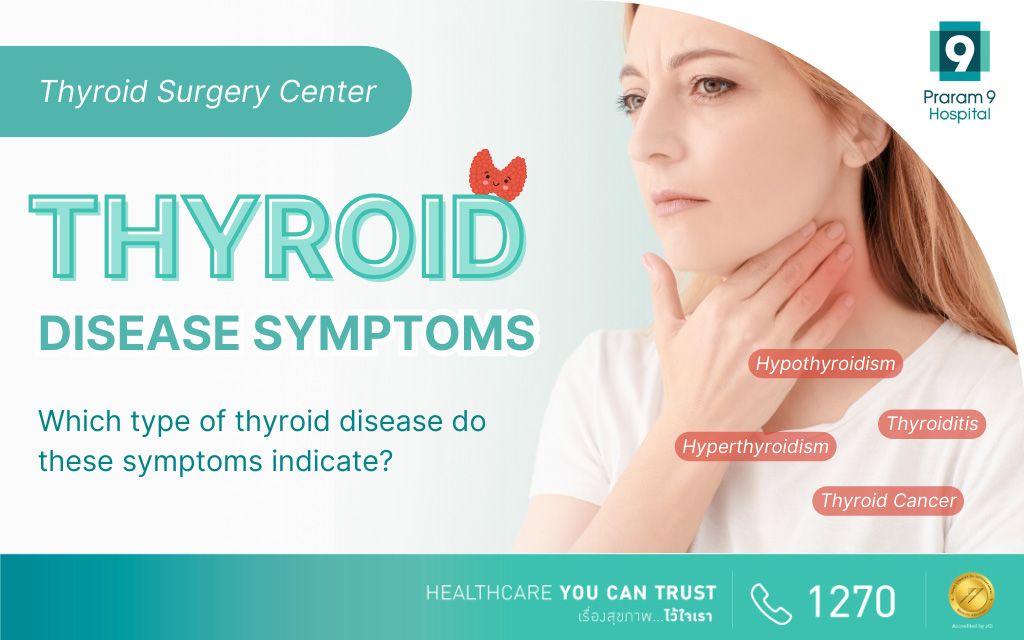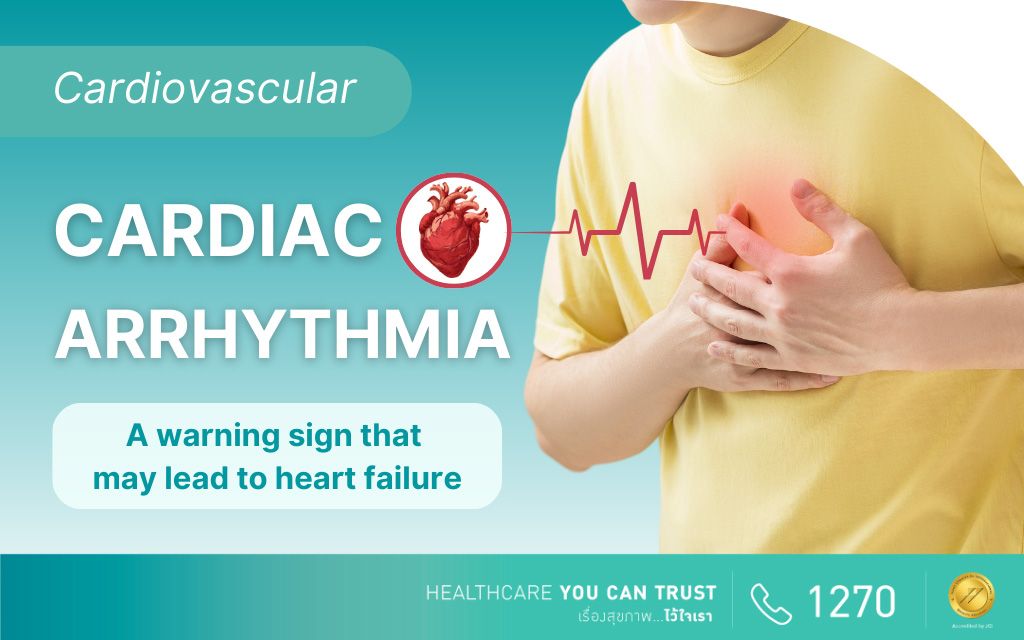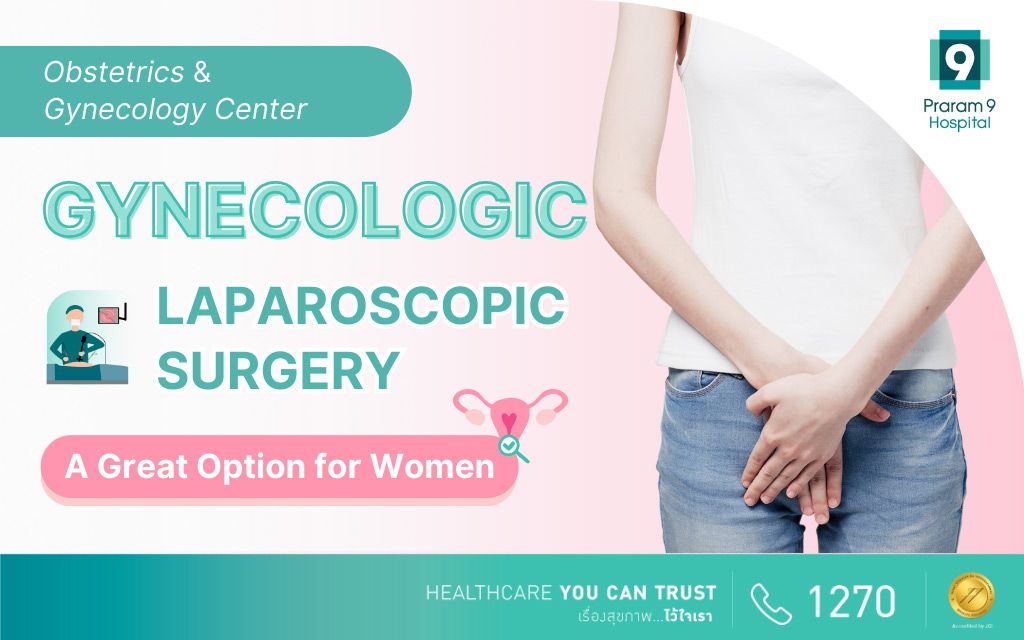Health Articles
Knowledge
Symptoms of depression disorder

Symptoms of depression disorder
Today, from survey and research of world health organization, it is noted that depression disorder can be more commonly found in many people. So much so that 1 in 20 people around the world is facing some type of depression and about 5 percent in young adults. First, we need to understand what is the feeling of being depress and depression disorder as many of us misunderstood that when we experience depression, we can fix it easily such as by going out for a work, exercising or doing activities that is relaxing. Doing these activities can ease depression but depression disorder is much more severe than just feeling down. We need to put more emphasis on this topic and increase our awareness so that we can help those who are going through depression.
As we have discussed about depression disorder, it can be difficult to separate and identify individual suffering from depression disorder. Diagnostic standards DSM-5(APA) help to identify symptoms of depression disorder easier. Symptoms of depression disorder includes
- Feeling down or get agitated and angry easily. Usually feeling sad and feeling lonely)
- Lack of interest or joy in doing various activities as before.
- Extreme weight again or weight loss. (not through diet changes)
- Insomnia or over sleeping
- Feeling unrest. Lack of spirit or mood and pace in doing tasks
- Feeling tired and lack of energy
- Sensation of lack of self-worth or feeling responsible for everything that are happening around the individual.
- Lack of concentration
- Negative thoughts and suicidal thoughts
Usually feeling of sadness is the source of depression disorder in young adults. It can affect the frame of mindset to cause many negative effects in life such as feeling drain of energy, headache or dizziness and anti-social behavior to occur. The process of thinking commonly found in people feeling sad are negative thoughts on themselves, negative thoughts on others around them, negative thoughts on future prospect such as “I’m no good”, “I’m worthless”, “I’m a failure”, “No one care about me”, “This world has so much problems”, feeling hopeless and no future. However, when taking careful evaluation on these negatives’ thoughts, they are usually baseless and not logical, and only based on small real facts only. The treatment methods that can improved negative thoughts that resulted from depression disorder is based off of research called cognitive behavior therapy (CBT).
Causes of depression disorder in young adults includes:
- Abnormal brain chemicals in patients suffering from depression disorder such as serotonin and norepinephrine.
- Genetic such as serotonin transporter gene that is found in family with patient with mental disorder can increase chance of depression disorder.
- Use of some type of narcotics and drug such as alcohol, sleeping pills, amphetamine and marijuana. The depression disorder usually occurs after the brain stop receive these types of drug.
- Negative thoughts or misinformation.
- Severe and prolong stress
- Negative childhood experience
What to do if you have depression disorder:
- Individual with mild depression disorder can be treated with consultation and improve understanding of information about depression disorder and emotional support.
- Exercises and social activities involvement with family members and friends even if there are feelings of unwillingness. It is found that this can help to stabilized and even improve depression disorder.
- Family, school and work can help to monitor and help to reduce opportunity to cause negative emotion.
- In severe case, consult with doctors or therapist.
- Cognitive behavior therapy (CBT) and interpersonal therapy (IPT)
- If extreme case when patients is a danger to themselves, specialized hospital is recommended
More Informations: Mind Center
